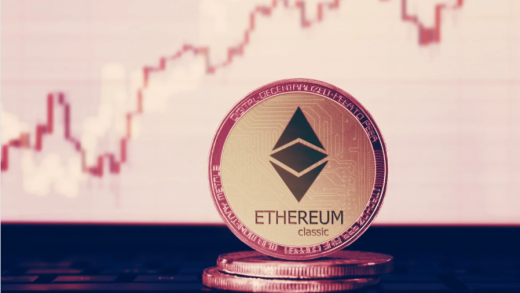TL;DR Breakdown
- Only 5% of crypto projects funded in 2021 have achieved product-market fit, according to a recent report.
- DeFi projects face challenges in delivering offerings, while early entry appears essential for success in the crypto space.
The year 2021 witnessed an unprecedented surge in funding for a myriad of ambitious crypto projects, fueled by the relentless growth and soaring popularity of digital assets. From decentralized finance (DeFi) platforms promising to revolutionize the financial landscape to cutting-edge gaming ventures tapping into the metaverse’s potential, the crypto space saw an influx of investment like never before.
However, as the dust settles and the euphoria subsides, a stark reality emerges: very few of these projects have managed to achieve the coveted “product-market fit” status, leaving investors and enthusiasts questioning the real fate of their investments.
Only 5% of Crypto Projects Achieve Product-Market Fit, Lattice Report Finds
Despite the significant influx of funding into various crypto projects throughout 2021, a recent report by Lattice, a crypto venture fund, has uncovered that a mere 5% of these projects have managed to achieve product-market fit (PMF) within approximately two years after their fundraising efforts. The study, which analyzed 780 publicly available crypto pre-seed and seed rounds, aimed to assess the impact of the staggering $2.6 billion invested into these projects.
DeFi Projects Lag Behind, Facing Challenges in Delivery
Among the crypto projects outside the 5% that attained product-market fit, about 70% successfully launched a product on the mainnet or reached a comparable level of development. However, a significant portion (20%) of these projects either failed to complete their product development or seemingly ceased operations, raising concerns about their future viability.
Interestingly, while DeFi (Decentralized Finance) attracted the second-largest investment volume in 2021 among the four categories (with a total of $762 million invested), the sector faced difficulties in delivering offerings. Lattice’s findings revealed that less than 75% of DeFi projects managed to bring their products to the mainnet, in contrast to other segments like infrastructure, where nearly 90% delivered on their promises.
Timing Challenges for DeFi and Gaming Projects
The report highlights an intriguing observation regarding the timing of successful DeFi projects. Notably, all of the current top 10 DeFi tokens by market capitalization were seeded in 2019 or earlier, suggesting that projects that gained traction in 2021 might have faced an uphill battle to achieve the same level of success. Examples such as Wrapped Bitcoin (WBTC), avalanche (AVAX), and dai (DAI), each commanding market capitalizations greater than $4 billion, were introduced in 2019, 2020, and 2017, respectively, demonstrating the significance of early entry in the DeFi space.
Furthermore, the struggle to achieve product-market fit is not limited to DeFi, as gaming companies also faced challenges in this regard. Despite this, 70% of gaming projects managed to launch a token, indicating ongoing interest and potential for growth in the gaming and crypto industries.
Conclusion
The report’s findings shed light on the realities faced by crypto projects funded in 2021. While some have successfully achieved product-market fit, a vast majority are still striving to deliver on their promises. DeFi projects, despite significant investments, faced difficulties in launching their products, while the timing of entry into the market appeared crucial for success. As the crypto landscape continues to evolve, these insights serve as valuable lessons for both investors and project teams seeking to make their mark in the industry.












